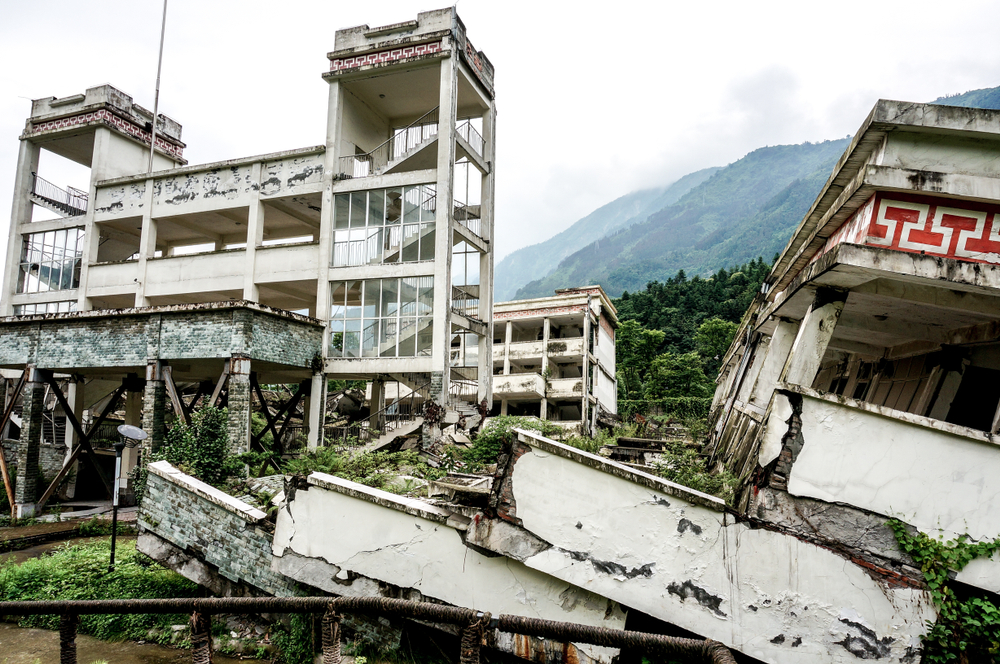Environment: Environmental Disasters
Panguipulli Wildfires
Date: February–March 2021
Location: Panguipulli, Valdivia Province
Type of Disaster: Wildfires
Environmental and Human Impact: The wildfires burned over 13,000 hectares (32,124 acres) of forest, destroyed over 100 homes, and resulted in the evacuation of over 6,000 residents. The fires also caused significant environmental damage, including air pollution, soil erosion, and loss of biodiversity.
Mitigation: The Chilean government deployed firefighting resources, including helicopters and ground crews, to contain the wildfires. The government also implemented measures to prevent future wildfires, including strengthening forest management and improving firefighting capabilities.
Three Gorges Dam Flooding
Date: June–July 2020
Location: Hubei, Chongqing, and Anhui Provinces
Type of Disaster: Flood
Environmental and Human Impact: Heavy rains caused severe flooding along the Yangtze River, resulting in the displacement of over 10 million people and causing economic losses of over $20 billion. The flooding also caused environmental damage, including soil erosion, water pollution, and the spread of disease.
Mitigation: The Chinese government launched emergency response measures, including flood prevention and relief efforts. The government also conducted inspections of dams and reservoirs to ensure their safety and implemented measures to improve flood prevention and management.
Tianjin Chemical Explosions
Date: August 12, 2015
Location: Tianjin, China
Type of Disaster: Explosion
Environmental and Human Impact: A series of explosions occurred at a hazardous materials storage facility in the city of Tianjin, causing at least 173 deaths, over 800 injuries, and widespread damage to surrounding areas. The blasts released a large amount of toxic chemicals, including sodium cyanide and ammonium nitrate, into the air and water, leading to environmental contamination and health concerns for local residents.
Mitigation: The Chinese government responded with an immediate emergency response, including evacuation of residents and containment of the chemical release. The government also conducted investigations and established new safety regulations for hazardous materials storage and transportation.
Lanzhou Water Contamination
Date: April 2014
Location: Lanzhou, Gansu, China
Type of Disaster: Water contamination
Environmental and Human Impact: A chemical leak at a petrochemical plant contaminated the water supply for the city of Lanzhou, affecting over 2 million residents. The contamination included benzene, a carcinogenic chemical, and caused widespread health concerns, including increased cancer risks and other health problems.
Mitigation: The government provided emergency relief and established a long-term plan for water quality monitoring and treatment. The incident led to increased scrutiny and regulation of industrial practices in the region.
Yushu Earthquake
Date: April 14, 2010
Location: Yushu, Qinghai, China
Type of Disaster: Earthquake
Environmental and Human Impact: A 6.9 magnitude earthquake struck the Tibetan Plateau, killing over 2,600 people and injuring thousands more. The earthquake caused significant damage to buildings, infrastructure, and natural resources, including wildlife habitats and water sources.
Mitigation: The Chinese government and international aid organizations provided emergency relief, including food, shelter, and medical assistance. The government also initiated reconstruction efforts and established earthquake-resistant building codes in affected areas.
Wenchuan Earthquake
Date: May 12, 2008
Location: Wenchuan, Sichuan Province
Type of Disaster: Earthquake
Environmental and Human Impact: The earthquake, measuring 8.0 on the Richter scale, resulted in over 87,000 deaths and around 375,000 injuries. The disaster also caused significant environmental damage, including landslides, rockfalls, and soil liquefaction. The earthquake triggered mudslides that blocked rivers, causing them to overflow and inundate nearby towns and farmland.
Mitigation: The Chinese government allocated over $140 billion in aid and reconstruction efforts. The government also implemented measures to prevent future disasters, including building earthquake-resistant structures, conducting disaster drills, and improving emergency response capabilities.
Copyright © 1993—2025 World Trade Press. All rights reserved.

 China
China 

